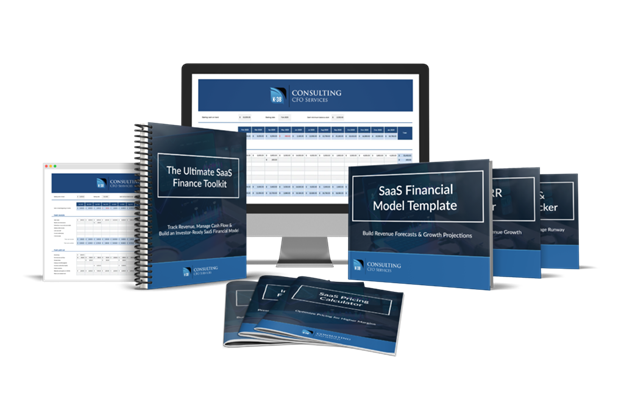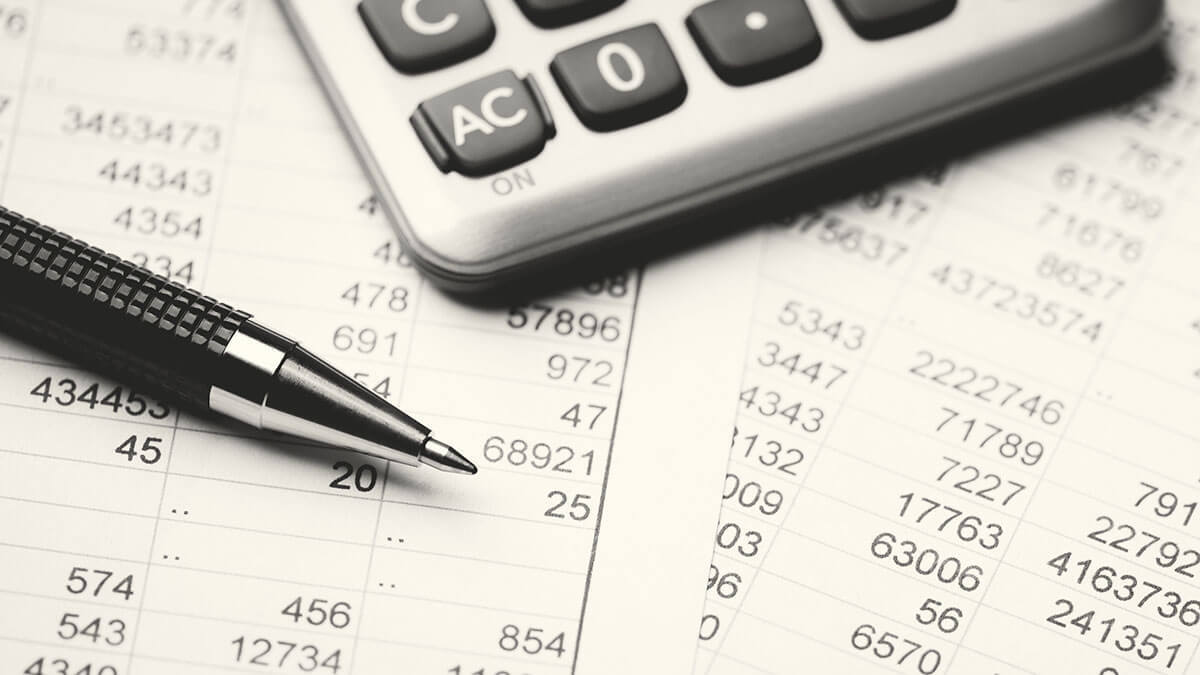How Technology is Revolutionizing Trade Spend Accounting Efficiency

In today’s competitive marketplace, effective management of trade spend accounting has become crucial for businesses, especially those in the consumer goods, retail, and manufacturing sectors. With the increasing complexity of trade promotions, discounts, and rebates, traditional manual accounting methods often lead to inefficiencies, data inaccuracies, and revenue leakage. Fortunately, modern technology has revolutionized how organizations manage, track, and analyze their trade expenditures. This article explores the vital role of technology in streamlining trade spend accounting, ensuring accuracy, transparency, and profitability.
Understanding Trade Spend Accounting
Trade spend accounting refers to the financial management and tracking of all expenditures related to trade promotions and customer incentives. These include discounts, rebates, cooperative advertising, display allowances, and promotional campaigns. The goal of trade spend accounting is to ensure that promotional investments yield measurable returns while maintaining compliance and cost efficiency.
However, due to the numerous stakeholders, diverse promotional types, and intricate contracts, trade spend accounting can be one of the most challenging aspects of financial management. Without automation, organizations often face issues such as duplicate claims, delayed reconciliations, and inaccurate accruals. This is where technology steps in as a transformative force.
The Challenges of Manual Trade Spend Accounting
Before understanding how technology improves the process, it’s essential to identify the problems businesses face with traditional methods. Manual trade spend accounting relies heavily on spreadsheets and disconnected systems, which are prone to human error. Some common challenges include:
- Data Inconsistency: Information is often scattered across departments, leading to discrepancies in financial reporting.
- Slow Processing: Manual approvals and reconciliations consume valuable time, delaying decision-making.
- Lack of Visibility: Managers struggle to obtain a real-time view of ongoing trade promotions and their financial impact.
- Audit and Compliance Risks: Without a digital trail, it becomes difficult to validate transactions and ensure regulatory compliance.
- Inefficient Communication: Collaboration between sales, finance, and marketing teams is hindered by fragmented systems.
To overcome these challenges, businesses are increasingly adopting technology-driven trade spend management solutions that automate and optimize every stage of the accounting process.
How Technology Transforms Trade Spend Accounting
Modern technology has introduced innovative tools that integrate financial systems, automate processes, and deliver actionable insights. These technologies not only enhance accuracy but also empower organizations to make data-driven decisions.
Automation of Manual Processes
Automation is the foundation of modern trade spend accounting. Advanced accounting software can automatically record trade transactions, match invoices to contracts, and calculate promotional deductions. This eliminates repetitive manual tasks, reduces human errors, and saves time. Automated workflows also ensure timely approvals and accurate expense categorization, making financial reporting more reliable.
Centralized Data Management
One of the biggest challenges in trade spend accounting is data fragmentation. Cloud-based accounting platforms now enable companies to centralize all trade-related information into a single digital ecosystem. Sales data, invoices, promotional claims, and financial reports are stored in one place, ensuring consistency across departments. This centralized approach improves data accuracy, transparency, and collaboration between finance, sales, and supply chain teams.
Real-Time Analytics and Reporting
Technology allows businesses to gain real-time visibility into their trade spend performance. Through analytics dashboards and data visualization tools, managers can monitor promotion effectiveness, identify spending patterns, and forecast future expenditures. Real-time reporting also helps detect anomalies, such as duplicate claims or unauthorized deductions, enabling quick corrective actions. These insights allow organizations to optimize trade budgets and focus on high-return investments.
Integration with ERP and CRM Systems
Seamless integration with Enterprise Resource Planning (ERP) and Customer Relationship Management (CRM) systems ensures smooth data flow across all business functions. When trade spend accounting systems connect with ERP and CRM platforms, every transaction—from promotional planning to settlement—is automatically synchronized. This integration eliminates data silos, improves financial accuracy, and supports end-to-end visibility of trade activities.
Artificial Intelligence and Machine Learning
Artificial intelligence (AI) and machine learning (ML) are revolutionizing trade spend accounting by enabling predictive analysis and intelligent automation. AI-driven algorithms can analyze historical spending patterns to forecast future trade spend requirements. They can also detect irregularities in claims or transactions, preventing fraud and improving compliance. Machine learning models continuously learn from new data, refining predictions and enhancing decision-making over time.
Cloud Computing and Mobility
Cloud technology provides scalability, flexibility, and accessibility—essential factors for modern trade spend accounting. Cloud-based platforms allow users to access financial data from anywhere, ensuring real-time collaboration among global teams. Mobile applications further enhance accessibility, enabling managers to approve claims, monitor expenses, and review reports on the go. This mobility supports faster decision-making and ensures that accounting processes remain uninterrupted.
Blockchain for Transparency and Security
Blockchain technology, though still emerging in trade spend accounting, holds great potential for enhancing data integrity and security. Its decentralized ledger system ensures that all trade transactions are transparent, traceable, and tamper-proof. This is especially valuable in verifying promotional claims and preventing fraud. With blockchain, every transaction can be independently verified, reducing disputes and improving trust between business partners.
Benefits of Technology-Driven Trade Spend Accounting
The adoption of technology in trade spend accounting delivers measurable benefits across financial, operational, and strategic levels.
Improved Accuracy and Compliance
Automation and integration reduce human errors, ensuring that all financial entries are precise and compliant with regulatory standards. Digital audit trails make it easier to verify transactions during financial reviews or audits.
Enhanced Efficiency and Cost Savings
By eliminating manual tasks, businesses save time and reduce administrative costs. Faster reconciliations and approvals lead to improved cash flow management, allowing organizations to allocate resources more effectively.
Greater Visibility and Control
With real-time dashboards and analytics, decision-makers gain a complete view of trade promotions and their financial outcomes. This transparency allows better control over spending and helps in identifying unprofitable or redundant promotional activities.
Data-Driven Decision Making
Advanced analytics and AI empower organizations to base decisions on accurate data rather than assumptions. Businesses can forecast trends, assess ROI on promotions, and design strategies that maximize profitability.
Strengthened Collaboration
Integrated systems foster stronger collaboration among departments. Sales, marketing, and finance teams can work together within a shared platform, improving communication and alignment toward common business goals.
The Future of Trade Spend Accounting
As technology continues to evolve, the future of trade spend accounting looks increasingly intelligent and automated. Artificial intelligence will further enhance predictive forecasting, while blockchain could redefine transparency and data security. Robotic Process Automation (RPA) will handle even more complex accounting functions, minimizing human intervention. Moreover, integration with advanced analytics tools will provide businesses with deeper insights into customer behavior and promotion effectiveness.
Organizations that embrace these technologies will not only improve their financial accuracy but also gain a competitive edge in their industries. The transformation of trade spend accounting from a manual, error-prone process to a streamlined, data-driven system marks a major milestone in financial innovation.
Conclusion
Technology has completely reshaped the landscape of trade spend accounting. From automation and cloud computing to AI and blockchain, each innovation brings greater accuracy, efficiency, and transparency to financial management. Businesses that leverage these tools can manage their trade expenditures more effectively, reduce costs, and improve overall profitability. In an era where data and speed define success, embracing technology in trade spend accounting is no longer optional—it’s essential for sustainable growth and competitive advantage.











